In the vast theater of nature, where every species plays a specific role, vultures have been cast in what might seem like an unglamorous position: nature’s sanitation workers. These remarkable birds have evolved over millions of years to specialize in consuming carrion—the remains of dead animals that would otherwise rot and potentially spread disease across ecosystems. While often portrayed negatively in popular culture, vultures represent one of nature’s most efficient and important ecological services. Their unique adaptations allow them to safely consume decomposing flesh that would sicken or kill other animals, effectively removing potential sources of disease from the environment. This article explores the fascinating evolutionary journey, specialized adaptations, and crucial ecological role of vultures as they developed into nature’s essential clean-up crew.
The Ancient Origins of Vultures
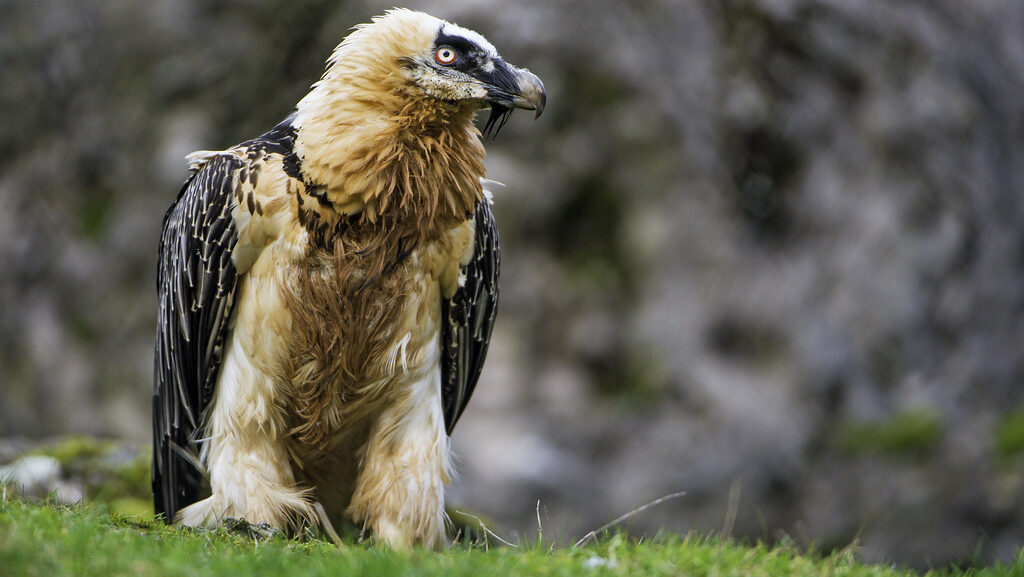
Vultures have ancient roots that trace back approximately 20 million years according to the fossil record, though their scavenging lifestyle likely evolved much earlier. They belong to two distinct families that evolved independently on different continents—a remarkable example of convergent evolution where similar traits develop in unrelated species facing similar environmental pressures. Old World vultures, found in Africa, Asia, and Europe, belong to the Accipitridae family alongside eagles and hawks. New World vultures, native to the Americas, belong to the Cathartidae family and are more closely related to storks than to their Old World counterparts. This independent evolution toward specialized scavenging on separate continents demonstrates how environmentally advantageous this ecological niche proved to be. Despite their separate lineages, both groups evolved strikingly similar adaptations for their carrion-consuming lifestyle.
Evolutionary Pressures That Shaped Vultures

The evolution of vultures was driven by the persistent availability of a specific resource—dead animals—and the relative lack of competition for this food source. As large land mammals proliferated across the continents, particularly during the Miocene epoch, so did the amount of carrion available after natural deaths, predator kills, and disease. This abundant yet specialized food source presented an opportunity for birds that could tolerate and even thrive on consuming decomposing flesh. Natural selection favored individuals with traits that enhanced their ability to locate, consume, and digest carrion while avoiding the pathogens it contained. The birds that would become vultures gradually developed stronger stomach acids, immune systems resistant to bacteria and toxins, and specialized behaviors for locating carcasses across vast landscapes. Their success in this niche allowed them to spread across continents and diversify into the approximately 23 species we recognize today.
The Vulture’s Digestive Superpowers
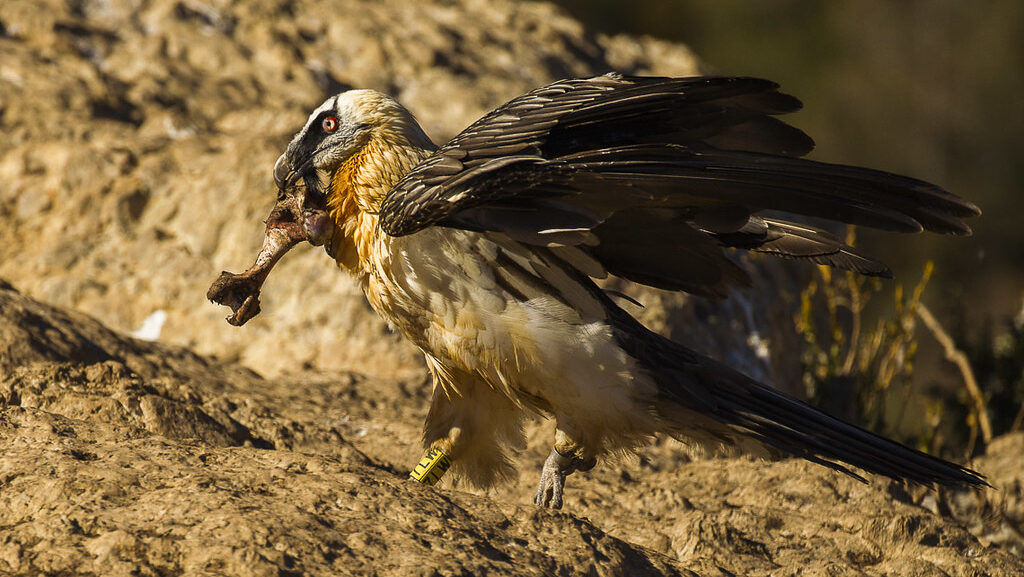
Perhaps the most remarkable adaptation in vultures is their extraordinarily powerful digestive system, which serves as both their greatest ecological tool and their primary defense against disease. Vultures produce stomach acid with a pH as low as 1.0—comparable to battery acid and significantly stronger than human stomach acid, which typically registers around 2.0-3.5. This extremely acidic environment effectively destroys most pathogens they ingest, including anthrax bacteria, botulinum toxins, and even the viruses that cause diseases like rabies. Laboratory tests have shown that vulture gut bacteria can neutralize highly dangerous pathogens within minutes of contact. Their digestive tract has also evolved to handle significant toxin loads, with specialized liver enzymes capable of processing compounds that would prove lethal to most other animals. These digestive adaptations allow vultures to safely consume carrion that is several days old and would cause severe illness in almost any other vertebrate.
Specialized Physical Adaptations
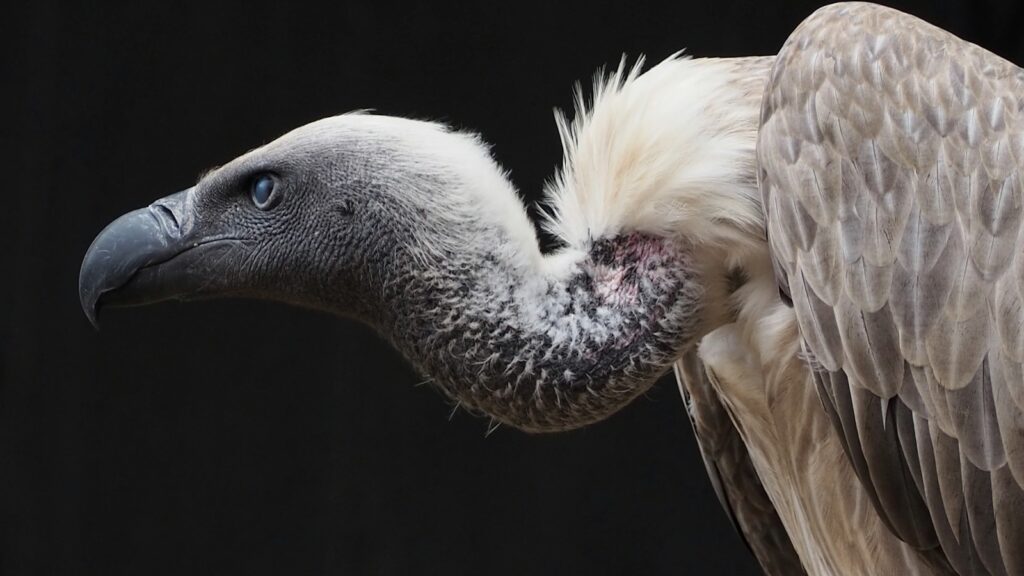
Vultures possess a suite of physical adaptations that make them perfectly suited for their scavenging lifestyle. Their bare heads—often considered unattractive by human standards—serve a crucial purpose, preventing feathers from becoming caked with blood and tissue during feeding, which would create breeding grounds for bacteria. Many species have specialized neck ruffles that they can pull up like hoodies to retain heat when not feeding. Their large, broad wings enable them to soar efficiently on thermal currents for hours while using minimal energy, allowing them to patrol vast areas in search of food. Their strong, hooked beaks are perfectly designed for tearing through tough hide, while their relatively weak feet (compared to predatory birds) reflect their non-predatory lifestyle. Some species, like the bearded vulture, have even evolved to specialize in consuming bones, which they drop from heights to crack open before consuming, extracting nutrients that even other vultures cannot access.
The Sensory Arsenal of Nature’s Detectors
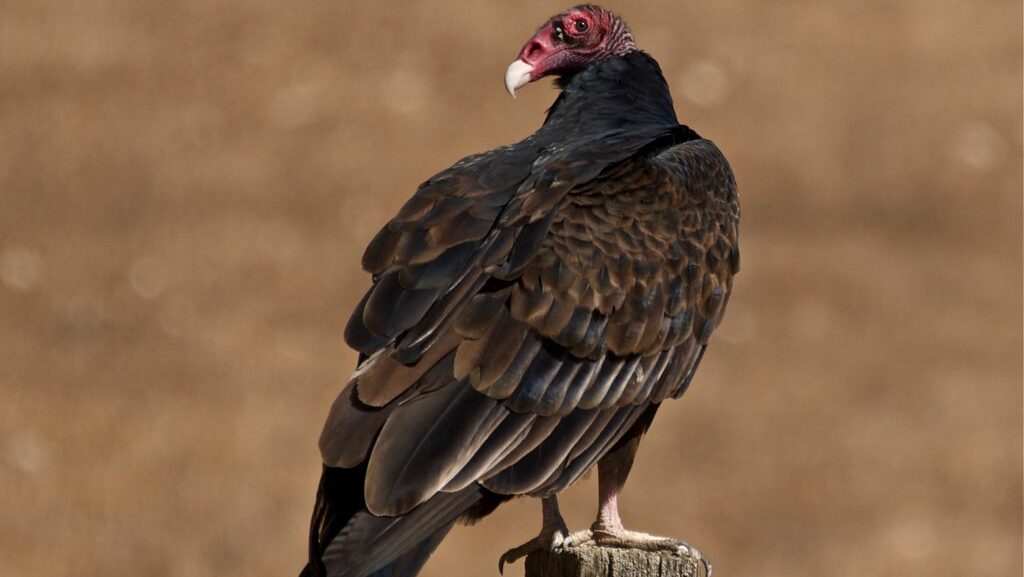
Vultures employ an impressive array of sensory adaptations to locate carrion across vast landscapes, often detecting fresh carcasses from miles away. Contrary to popular belief, most vulture species rely primarily on exceptional vision rather than smell to locate food. With visual acuity estimated to be 6-8 times stronger than human vision, they can spot carcasses or the movement of other scavengers from remarkable distances while soaring at high altitudes. New World vultures, however, including turkey vultures and their relatives, possess an additional advantage: an extraordinary sense of smell. These species have developed enlarged olfactory bulbs and can detect the scent of ethyl mercaptan—a gas produced during the early stages of decay—in concentrations as low as a few parts per trillion. This ability allows them to locate carcasses hidden under dense forest canopies where visual detection would be impossible. Their sensory specializations ensure that little organic waste escapes their notice in the ecosystems they inhabit.
Social Hierarchy and Feeding Behaviors

Vulture feeding sites reveal fascinating social dynamics that reflect both cooperation and competition among various scavenging species. When a carcass is discovered, a hierarchy typically emerges based on size, strength, and specialized feeding adaptations. Larger species like the lappet-faced vulture often arrive first and tear through tough hide, inadvertently creating access for smaller species. This creates a remarkably efficient system where different vulture species access different parts of the carcass based on their specialized beaks and feeding strategies. Some focus on soft tissues and organs, while others specialize in tendons or even bones. Studies have shown that a group of vultures can reduce a 100-pound carcass to bones in under 30 minutes, with different species playing complementary roles. This cooperative yet competitive feeding strategy maximizes the efficiency of carcass utilization and ensures that virtually all usable nutrients are recovered and recycled through the ecosystem.
Ecosystem Services: The Vulture’s Ecological Value
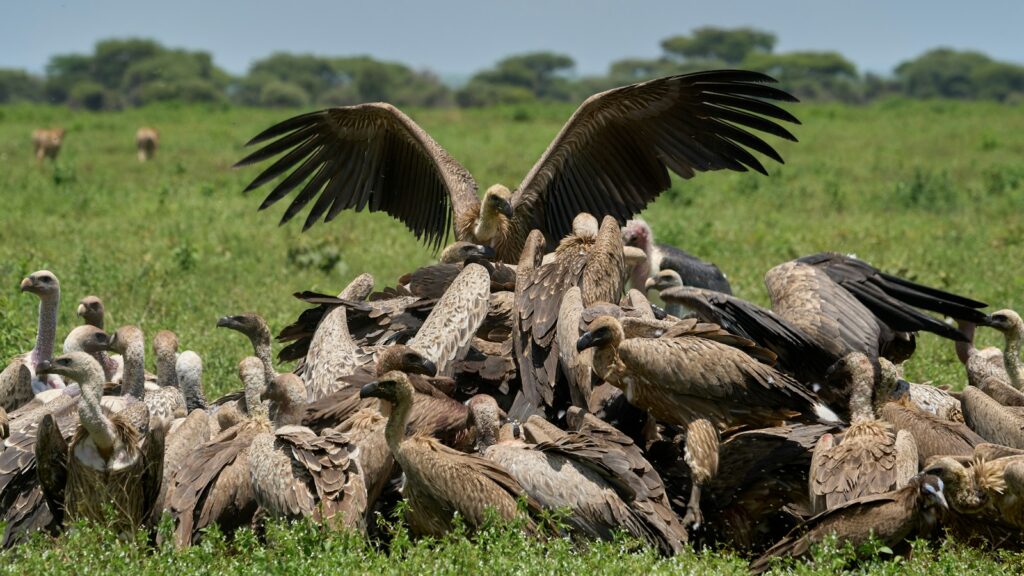
The ecological services provided by vultures extend far beyond simple waste removal, representing one of nature’s most effective disease control mechanisms. By rapidly consuming carcasses, vultures prevent the proliferation of pathogenic bacteria and limit the spread of diseases that could affect wildlife, livestock, and human populations. Scientific studies estimate that a single vulture can consume 1-2 pounds of carrion daily, with some larger species consuming significantly more. Collectively, vulture populations remove thousands of tons of animal waste from ecosystems annually. Their highly acidic digestive systems effectively serve as biological incinerators, neutralizing pathogens that might otherwise persist in the environment or be spread by other scavengers like feral dogs or rats. The decline of vulture populations in regions like South Asia has been directly linked to increases in feral dog populations, rabies cases, and the spread of diseases among wildlife and domestic animals, demonstrating the critical disease-buffer role these birds play.
The Cultural Significance of Vultures
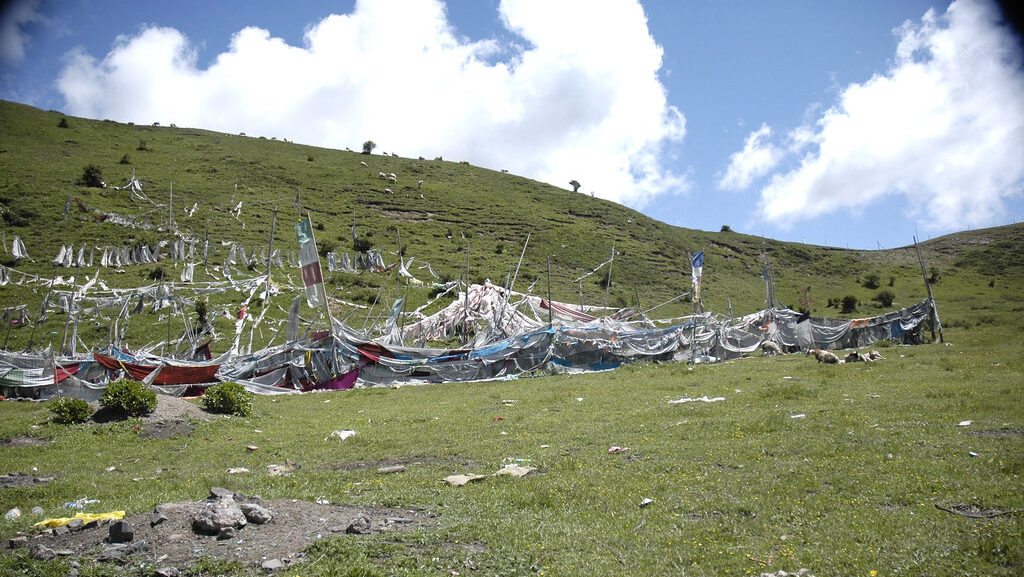
Throughout human history, vultures have held powerful symbolic meaning across diverse cultures, often reflecting both respect for their ecological role and unease about their association with death. In ancient Egyptian mythology, the vulture goddess Nekhbet was a protective deity and symbol of Upper Egypt, while in Zoroastrian traditions, vultures played a central role in “sky burials,” where human remains were ritually exposed to be consumed by these birds—a practice still observed in certain Tibetan Buddhist communities today. Indigenous cultures across the Americas incorporated vultures into their cosmology, often associating them with purification and transformation. The Mayans viewed the king vulture as a messenger between humans and the gods. Even in cultures where vultures carried negative connotations, their ecological importance was often recognized through various myths and folktales. These cultural interpretations reflect humanity’s complex relationship with death and our recognition of the vulture’s unique role in transforming death back into life through nature’s cycles.
The Vulture Crisis: Modern Threats

Despite their ecological importance, vultures now rank among the most endangered groups of birds worldwide, with populations of several species declining by over 95% in recent decades. One of the most devastating crashes occurred in South Asia, where three vulture species declined from tens of millions to near-extinction in the 1990s and early 2000s due to diclofenac, an anti-inflammatory drug used in cattle that causes kidney failure in vultures consuming treated carcasses. In Africa, vultures face multiple threats including intentional poisoning by poachers who target the birds to prevent them from circling above illegally killed wildlife and alerting authorities. They also face electrocution on power lines, habitat loss, and harvesting for traditional medicine markets. In parts of West Africa, vulture body parts are sold in markets for supposed medicinal and spiritual properties, driving some species toward regional extinction. The combined impact of these threats has resulted in 16 of the world’s 23 vulture species now being classified as threatened or endangered.
The Ripple Effects of Vulture Declines
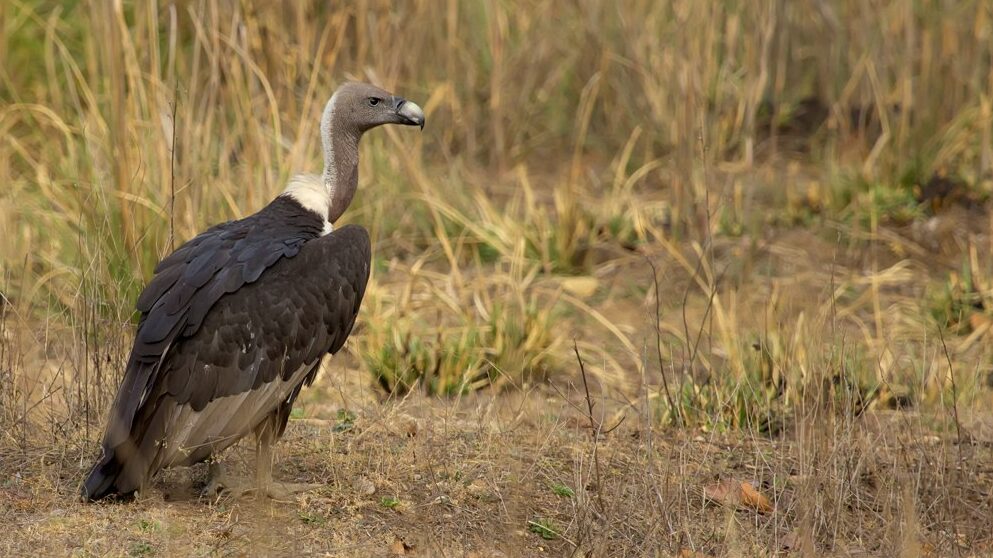
The decline of vulture populations has triggered alarming ecological cascades with far-reaching consequences for ecosystem health and human welfare. In India, the catastrophic vulture decline led to an explosion in feral dog populations, which took over the scavenging niche but lack vultures’ pathogen-neutralizing digestive systems. This shift directly contributed to a public health crisis, with studies estimating an additional 40 million cases of dog bites and thousands of human rabies deaths. The economic costs of this vulture decline in South Asia have been estimated in the billions of dollars when accounting for increased disease burden and lost ecosystem services. In Africa, areas experiencing vulture declines have seen longer carcass decomposition times, increased soil and water contamination from rotting animals, and elevated disease transmission among wildlife. Researchers have documented higher rates of anthrax outbreaks in regions with depleted vulture populations. These consequences demonstrate that vultures’ ecosystem services extend far beyond aesthetics, playing a critical role in maintaining healthy relationships between wildlife, livestock, and human communities.
Conservation Efforts: Saving the Clean-Up Crew

Recognizing the ecological crisis caused by vulture declines, conservation organizations have launched intensive efforts to protect remaining populations and restore these crucial scavengers to their former ranges. In South Asia, the ban on veterinary diclofenac and establishment of “vulture safe zones” has shown promising results, with some populations beginning to stabilize after catastrophic declines. Captive breeding programs in India, Nepal, and Pakistan have successfully reared several vulture species with the goal of eventual reintroduction. In Africa, anti-poisoning teams respond rapidly to poisoning incidents, saving affected birds and decontaminating sites to prevent further casualties. Innovative approaches include creating vulture restaurants—protected feeding stations stocked with safe carcasses—to provide reliable food sources and monitor populations. Conservation education programs work with local communities to highlight vultures’ ecological and cultural significance. Technological solutions like modifications to power infrastructure have reduced electrocution risks, while satellite tracking programs provide crucial data on vulture movements and threats across their extensive ranges.
The Future of Nature’s Sanitation Workers
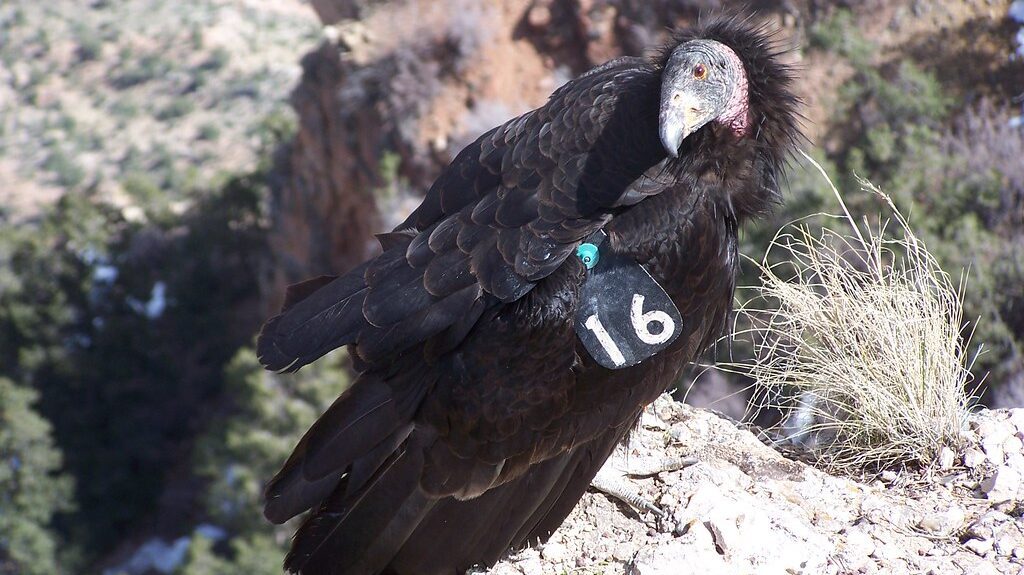
The future of vultures—and the crucial ecological services they provide—hinges on our ability to address the complex web of threats they face across their global range. Encouragingly, conservation successes like the recovery of the California condor from just 22 individuals to over 300 today demonstrate that determined conservation efforts can reverse even severe population declines. Emerging technologies like rapid toxicity testing for wildlife poisoning and real-time tracking systems for early threat detection offer promising new tools for vulture protection. Growing recognition of vultures’ ecosystem service value has led to their inclusion in national biodiversity strategies and international conservation agreements. The development of vulture-safe veterinary drugs provides alternatives to harmful medications like diclofenac. Perhaps most importantly, changing public perceptions are gradually transforming vultures from reviled scavengers to recognized and valued components of healthy ecosystems. The continued recovery of these remarkable birds will require sustained commitment from governments, conservation organizations, and local communities, but their ecological importance makes this investment essential for maintaining the natural systems upon which all life depends.
Conclusion: Appreciating Nature’s Perfect Recyclers
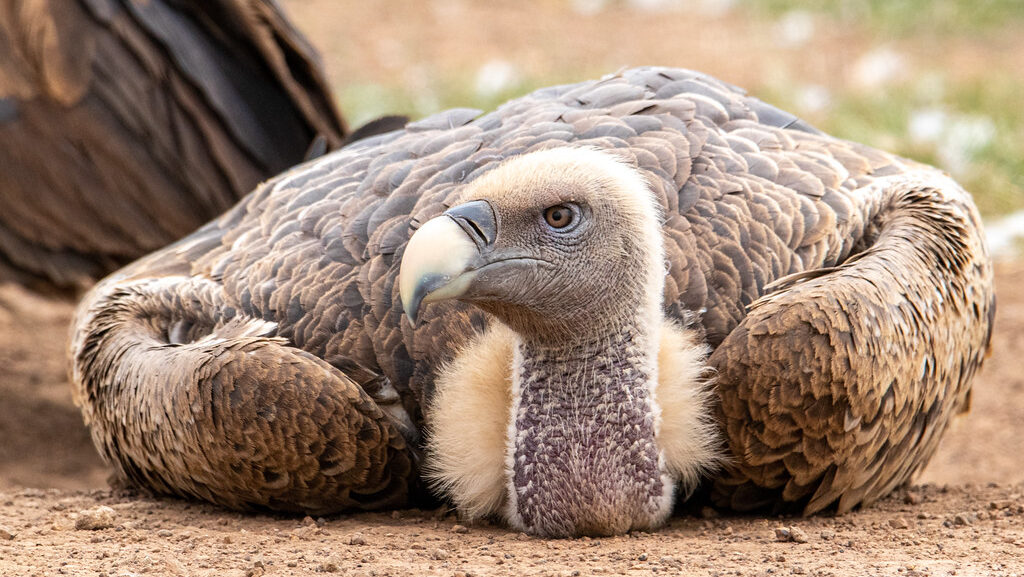
Vultures represent one of nature’s most remarkable evolutionary success stories—birds that transformed the seemingly repulsive niche of consuming the dead into an essential ecological service that benefits entire ecosystems. Their specialized adaptations, from powerful digestive systems to extraordinary sensory capabilities, have made them unparalleled at their role as nature’s clean-up crew for millions of years. While often maligned in popular culture, vultures deserve recognition as sophisticated biological machines that efficiently recycle nutrients, prevent disease spread, and maintain the delicate balance of natural systems. As we confront the serious threats facing vulture populations worldwide, we also face a crucial test of our ability to protect species based not on their charisma but on their ecological function. The future of these remarkable birds—and the invisible but essential services they provide—depends on our willingness to see beyond superficial appearances and appreciate the perfect ecological engineering that vultures represent. By protecting these consummate recyclers, we protect not just fascinating birds but the health and resilience of the natural world upon which we all depend.
